Tags: Space
Dreaming of Space? NASA Invites Applications for Future Astronauts in Pioneering Moon and Mars Missions
Atmospheric Production of Formaldehyde on Young Mars Could Have Triggered Production of Biomolecules, Early Forms of Life
Death in Space: Here’s What Would Happen to Our Bodies

Surgery in Space: Remotely Operated Robot Performed the First Simulated Incision in Zero-Gravity
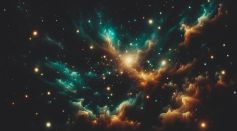
Dark Matter Could Reside in Deformed Mirror Universe Where Atom Formation Failed, Study Suggests
Lunar Gold Rush and Moon Mining: Tapping Into Rare Resources for Space-age Technological Revolution

Hubble Space Telescope Detects Water Vapor in Atmosphere of Gliese 9827 d, Reveals Diversity of Gaseous Blanket on Rocky Planets

Why Study Space? Top 4 Reasons How It Enhances Understanding of Life on Earth
Oldest Black Hole Discovered Is Eating Host Galaxy Alive at Exceptionally High Rate [Study]
XRISM Mission Reveals First Images of the Cosmos Using X-ray Space Telescope

Top Space Stories of Science Times in 2023
Astronomical Structures Built by Pre-Incan Priests Align to the Milky Way, Show Recognition of Our Galaxy As ‘Life-Giving River of Stars’
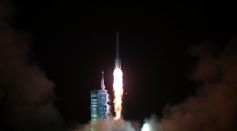
China Successfully Launched Its Reusable Space Plane for the Third Time; Experimental Spacecraft's Objectives Remains Mysterious

Lost and Found Tomato in Space: NASA Astronauts Find Space-Grown Fruit That Mysteriously Disappeared 8 Months Ago
Search for Extraterrestrial Life Continues as Scientists Probe Into Lower Frequencies Beyond Traditional SETI Bounds
James Webb Space Telescope Discovers Cosmic Monster: Dusty Star-Forming Galaxy Challenges Early Universe Assumptions

Spacewalk Memories: Former French Astronaut Reflects on Space Mission as ISS Marks 25 Years in Orbit
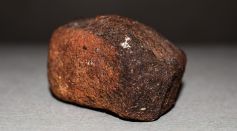
Man Stores Rock Believed To Be Gold, Finds Out Years Later That It's Actually More Valuable
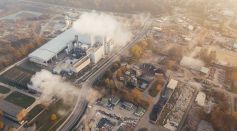
Earth Methane Plumes Detection From Space Made Possible Through Novel AI Tool; Innovation Could Help Combat Climate Change
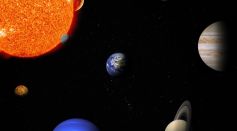
Why Celestial Bodies Tend to Be Spherical: Unraveling the Influence of Gravity in Space
Most Popular

Largest Known Volcanic Aquifer Discovered Beneath Oregon's Cascades

New 'Supergiant' Sea Bug Found in South China Sea, Named After Darth Vader

Mediterranean Sea Was Refilled by a Catastrophic Flood Millions of Years Ago

Mysterious Cosmic Waves That Sound Like Birds Detected in Unexpected Space Region




